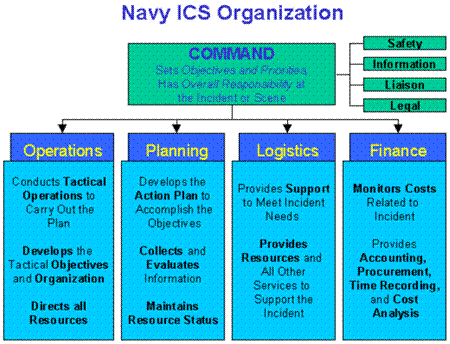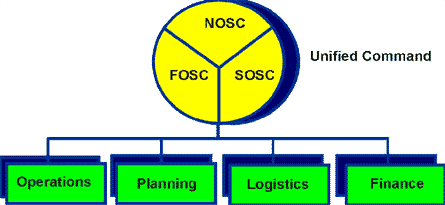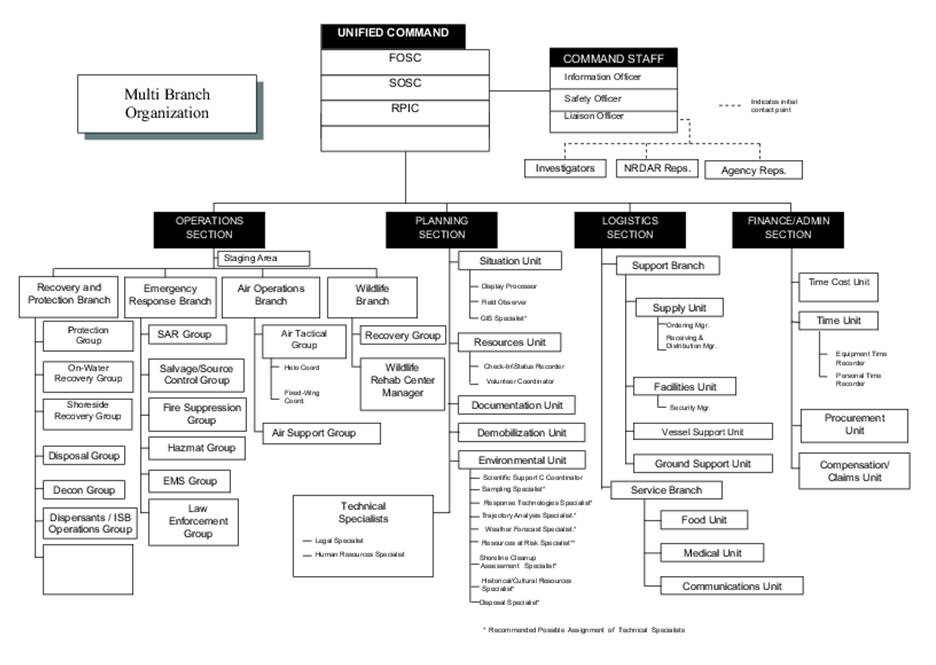00C25 ENVIRONMENTAL - RESPONSE TOOLS
NATIONAL INCIDENT MANAGEMENT
SYSTEM
The National Incident Management
System (NIMS) identifies concepts and principles that direct how to manage
emergencies regardless of their cause, size, location or complexity. NIMS
provides a consistent, nationwide approach and vocabulary for multiple agencies
or jurisdictions to work together to deliver the core capabilities needed to
respond to an incident.
NATIONAL RESPONSE FRAMEWORK
The National Response Framework (NRF) is a guide to how the U.S.
responds to all types of disasters and emergencies. It is built on scalable,
flexible, and adaptable concepts identified in the National Incident Management
System to align key roles and responsibilities across the nation. This Framework
describes specific authorities and best practices for managing incidents that
range from the serious but purely local to large-scale terrorist attacks or
catastrophic natural disasters. Under the National Response Framework numbered
Engineering Support Functions (ESF) are identified. SUPSALV is assigned as a
Special Team in ESF #3 Debris Removal, and ESF #10, Oil and Hazardous Substance
Spill Response.
INCIDENT COMMAND
SYSTEM
The Navy is required by presidential
directive, the National Contingency Plan (NCP) and the NRF to use a NIMS based
Incident Command System (ICS) response structure when responding to an oil spill
or hazardous substance emergency. Depending on the size of the spill, the USCG,
EPA, State, U.S. Fish and Wildlife Service, and local city mayors would
potentially be involved in a spill response and the personnel from all agencies
must work together. The ICS structure divides an emergency response into five
functional areas: Command, Operations, Planning, Logistics, and Finance.
The Navy's response organization, outlined below, provides the organizational
structure for response to all Navy OHS incidents. If an incident is more complex
or exceeds the NOSC's response capability, the Navy's response organization
would be expanded to include a Unified Command, which includes the federal,
state, and local On-Scene Commanders.

UNIFIED COMMAND SYSTEM
The Unified Command is an essential component of the ICS for more
complex or multi-jurisdictional responses. The Unified Command provides the
structure for the Federal On-Scene Coordinator (FOSC), State and local On-Scene
Coordinators (SOSC), and the Responsible Party (RP), or the NOSC in the case of
U.S. Navy spills, to work effectively and efficiently during a large-scale
response. Although unified, the FOSC has ultimate authority (see additional
information on the NOSC tab of this site).

DETAILED UNIFIED COMMAND STRUCTURE
